Composites are our flagship products. These are the products we specialize in.We also have great achievements in their scope. Due to the possibilities they offer - high strength, low weight and greatformability - they are now widely used. Our composites ride in the Dakar Rally, serve patients and doctors in operating rooms, protect athletes and miners, win the sailing races. The possibilities of using elements designed and manufactured by TC3 are limited only by the customer's imagination. The materials we use are various types of fibres (reinforcements) - mainly carbon, glass and aramid fibres. The fabrics are very often supplemented with various types of spacers, which modify the properties of the composite. The ideal sandwich material for many applications is cork. Due to it, the elements are even more durable, resistant to weather conditions or chemicals. For the production of composites we use three methods: vacuum bagging, infusion and RTM (Resin Transfer Moulding).
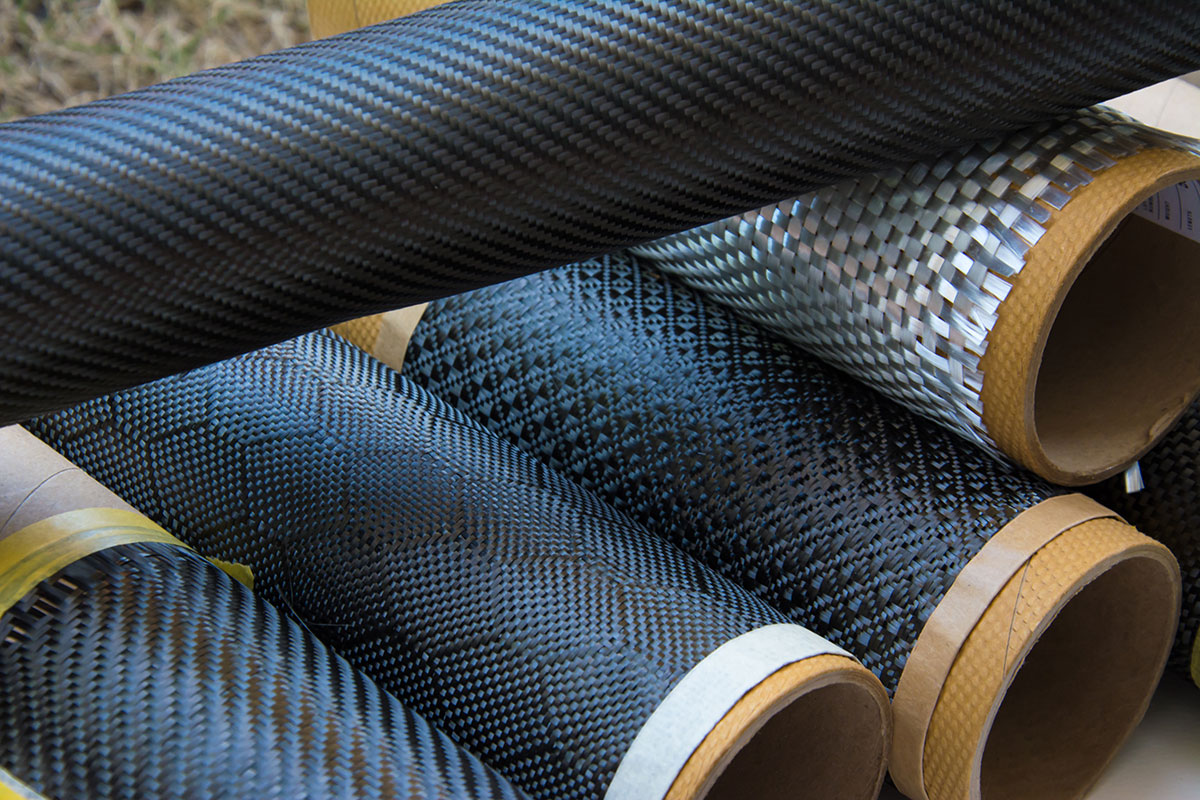
Vacuum bagging
Was created by modifying the manual lamination method. It is used to increase the quality of the performed composite, and thus to increase its strength parameters. It facilitates the removal of air bubbles and additionally increases the share of reinforcement in the laminate by removing the excess resin which allows to obtain a much smoother composite surface. The vacuum bagging uses pressure as a clamp to hold all layers of laminate together. When you turn on the vacuum pump, the pressure inside the bag decreases and the difference between the pressure inside the bag and the atmospheric pressure determines the clamping forces on the laminate. The pressure on the moulded composite is maintained until it cures.
![]()
Infusion
Is used to obtain high strength properties, shorten the composite manufacturing cycle and minimize the harmfulness of chemicals to employees. Currently, this method is the most rapidly developing method and it is the most frequently used in the manufacture of lightweight composite structures. It relies on laying dry reinforcement together with auxiliary materials in a laminate form and closing the layers with a foil bag. The process of sucking off the air from the composite and injection of the resin mixture is carried out simultaneously until the whole composite is thoroughly supersaturated, while the sub-atmospheric pressure is maintained until the composite cures. The infusion method has an advantage over other methods due to its high profitability in large-scale production, high production efficiency, possibility of production automation, spectrum of reinforcements and resin mixtures used, minimization of the contact of employee with liquid resin mixture and limited emission of harmful chemicals. Unfortunately, this method uses large amounts of resin mixture, what is more, it requires high precision, so it is necessary to have qualified staff.
RTM method
The RTM method uses two forms: positive and negative, between which the dry reinforcement is placed with optional auxiliary materials. A resin mixture is injected between the moulds, the excess of which is drained away. Both moulds are usually heated. This method is rather characterized by low-volume production usually up to 1000 pieces.
![]()
Prototyping
We create completely new, unique products
New challenges and problems that nobody else wanted to solve are everyday life in TC3. Together with our customers, we develop completely new products using modern materials and rapid prototyping. It all starts with an idea and more often with a problem to be solved. Many years of experience already at this stage allows us to assess the potential possibilities, which are then transferred to the digital environment. Often at this stage we also use our 3D scanners. By combining this technology with the production of composites, we can create unconventional products such as, for example, various types of protective shields for athletes.
A very important aspect of the design process is to predict the feasibility of the planned geometry and to ensure the highest possible strength of the final product. This is possible due to specialized softwaresuch as SiemensFibersim which supports our workmanship process. Due to it we prepare the whole production plan of the elementin front of the computer monitor. Together with three-dimensional modelling itgives an idea of what the prototype of our solution will look like. 3D design allows us to obtain various spatial models of any size in a short time. These models are then printed by us. This allows us to save time and enables extremely accurate prototyping. The model obtained in such a way is used to prepare the mould. In this way a prototype is created. The production of the prototype and its evaluation by the customer allows for further refinement of the product. The customer can test the element in terms of dimensions, appearance or functionality. This is how products that change the world are created.

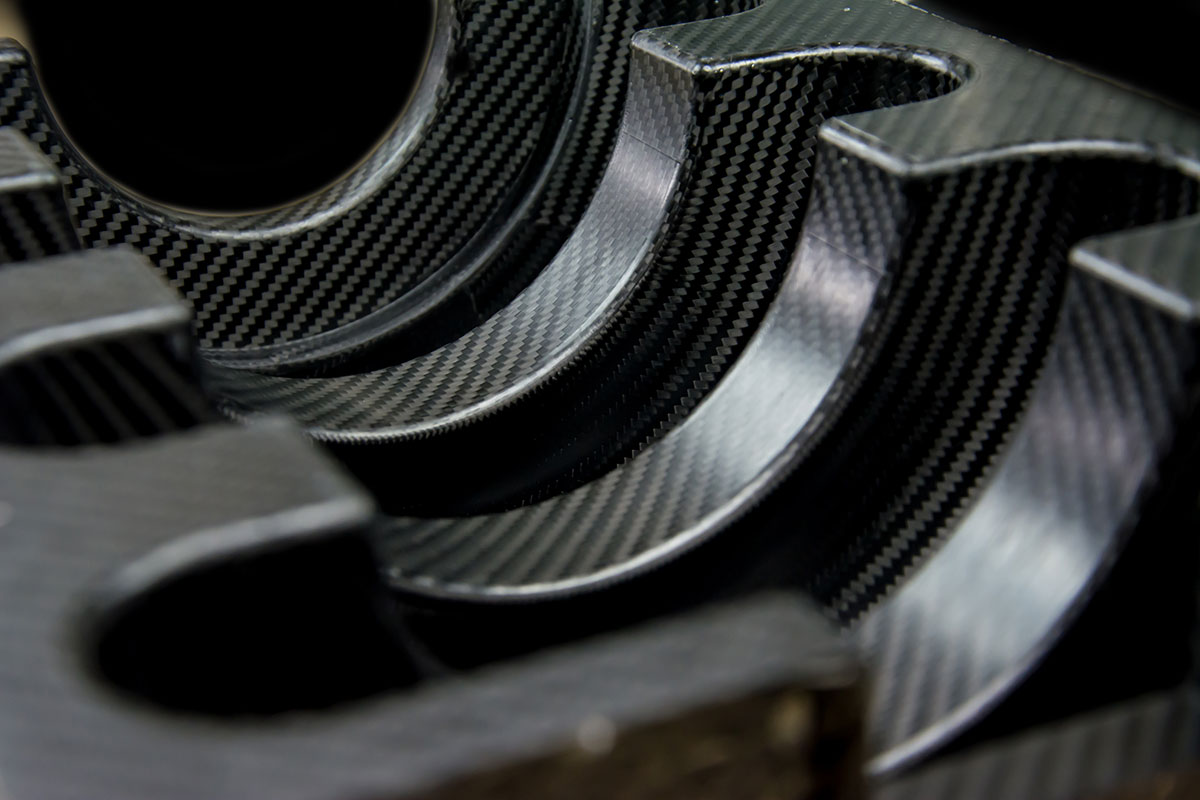

Gluing is the latest trend in the production process. More and more companies from different sectors are usingadhesives as a means of bonding and assembling the products they produce.Gluing is now replacing fusion welding, welding and permanent mechanical assembly,e.g. riveting. It is very versatile and permanently combines materials of different elasticity. In Europe, over 60% of products contain adhesives. However, 90% of the errors that occur during the gluing process are due to the mistakes of inexperienced staff. Realising the responsibility that lies with us when using the gluing process in structural joints, the company puts the emphasis on the qualification of its staff in this area. All employees involved in the gluing process have specialist knowledge in this area.
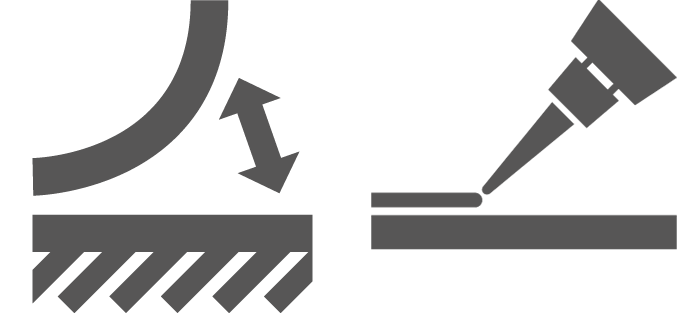
We specialize in gluing large-format boards. We glue various types of materials such as aluminium, cork, carbon fibre, HPL.
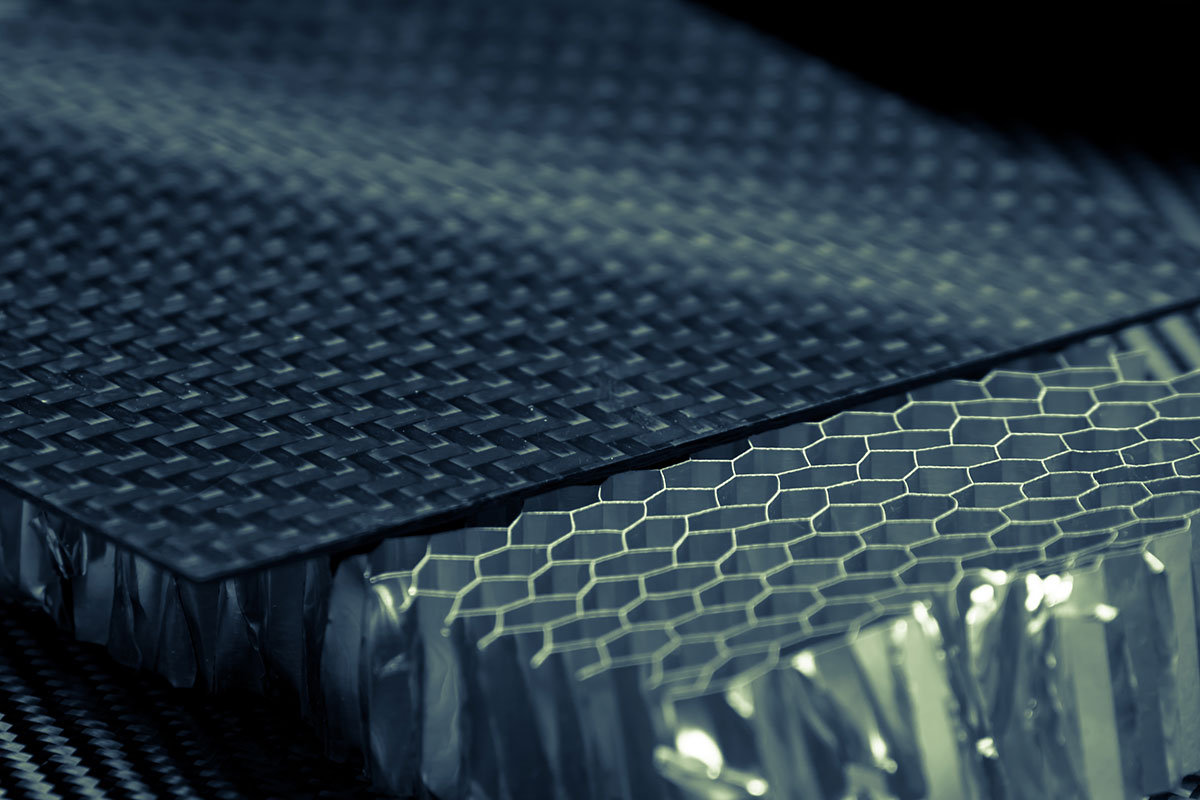
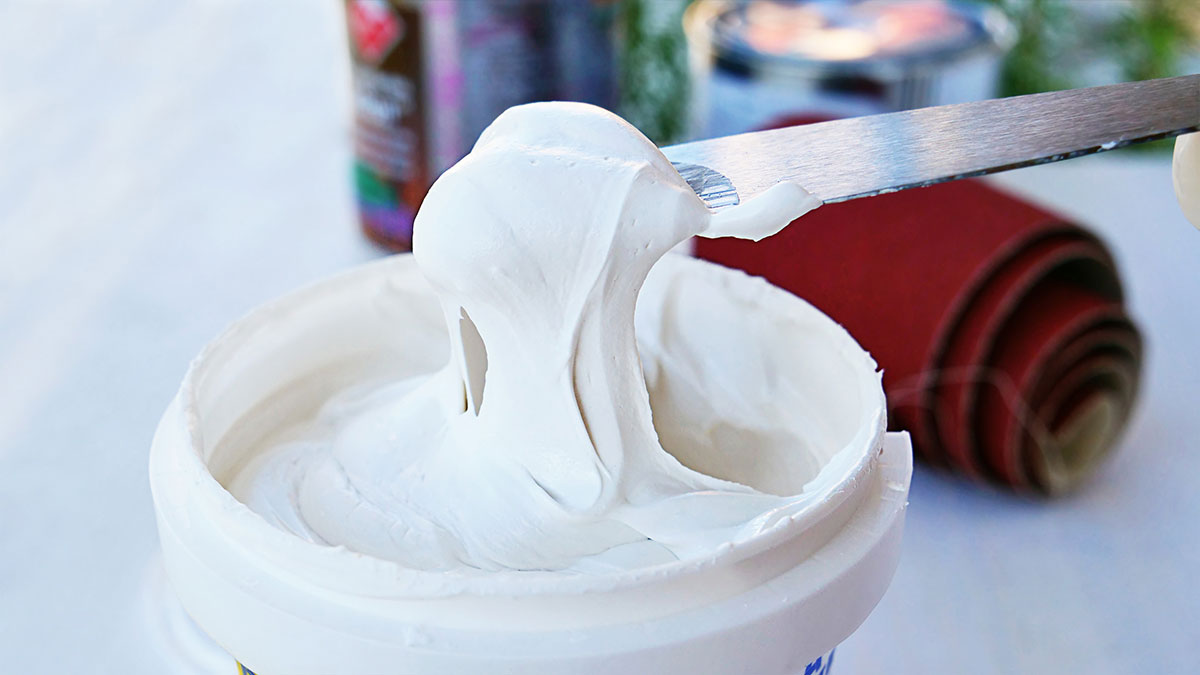
TC3 is an expert in providing comprehensive 3D scanning and modelling services with the highest standards of measurement accuracy up to 0.05 mm. High quality mobile scanners allow us to provide services in any part of the country at the customer's premises.
3D scanning is nowadays a standard in many areas of industry and a support in sales of goods. Due to us you will quickly get a precisely reproduced real-life model of an object on your computer screen.
We build lasting partnerships with our customers. We provide effective solutions to optimize processes in the areas of production maintenance, quality control, rapid prototyping, reverse engineering and design. We minimize costs, shorten the time of spare parts production and start up the serial production of new products, we care about material savings.
Our scanners
We have the most modern and fastest 3D optical scanners available on the market today, which can be used in any application - mechanical parts, vehicles, people, large spaces. The only limitation is our imagination. The technical parameters of our scanners ensure the highest standards of service and, consequently, great business benefits.

How much does it cost?
We approach the customer in a very individual manner. Due to the fact that each project is characterized by a different level of difficulty, we provide a service pricing separately for each order.
Write to us at biuro@tc3.pl or call us and we will send you an individual offer tailored to your specific needs free of charge.
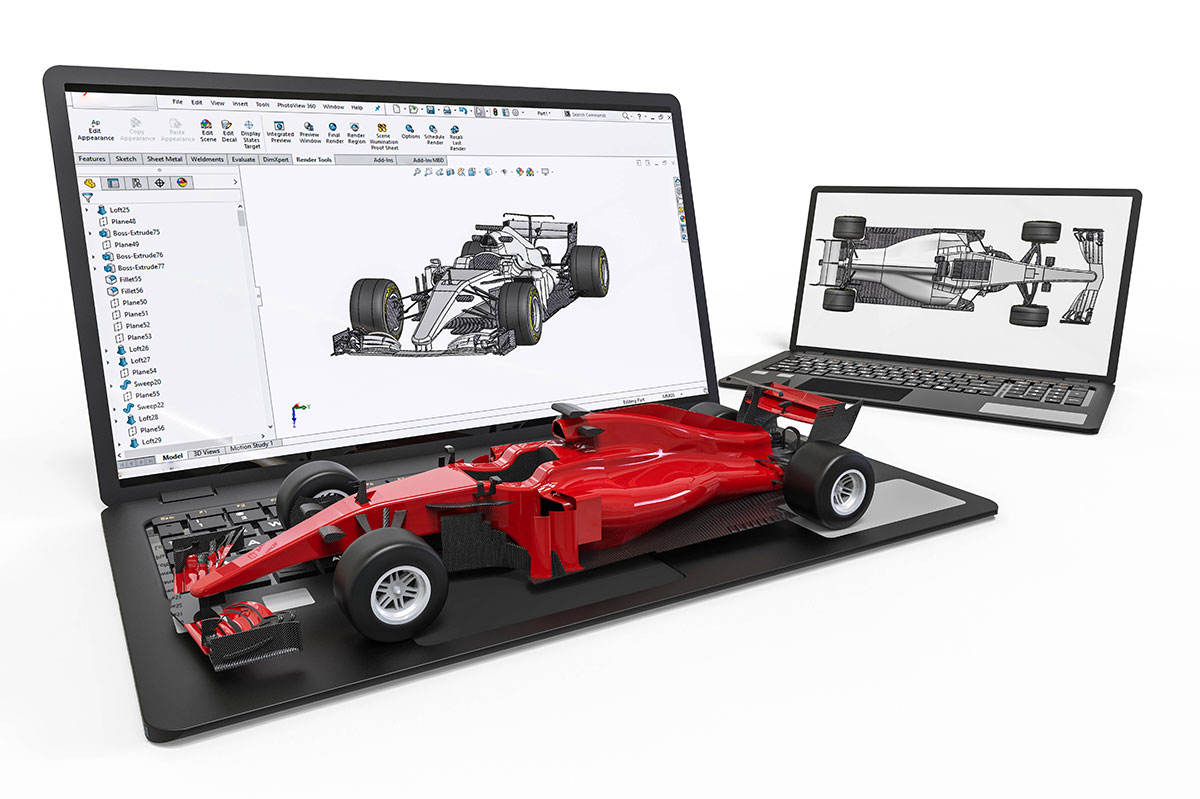
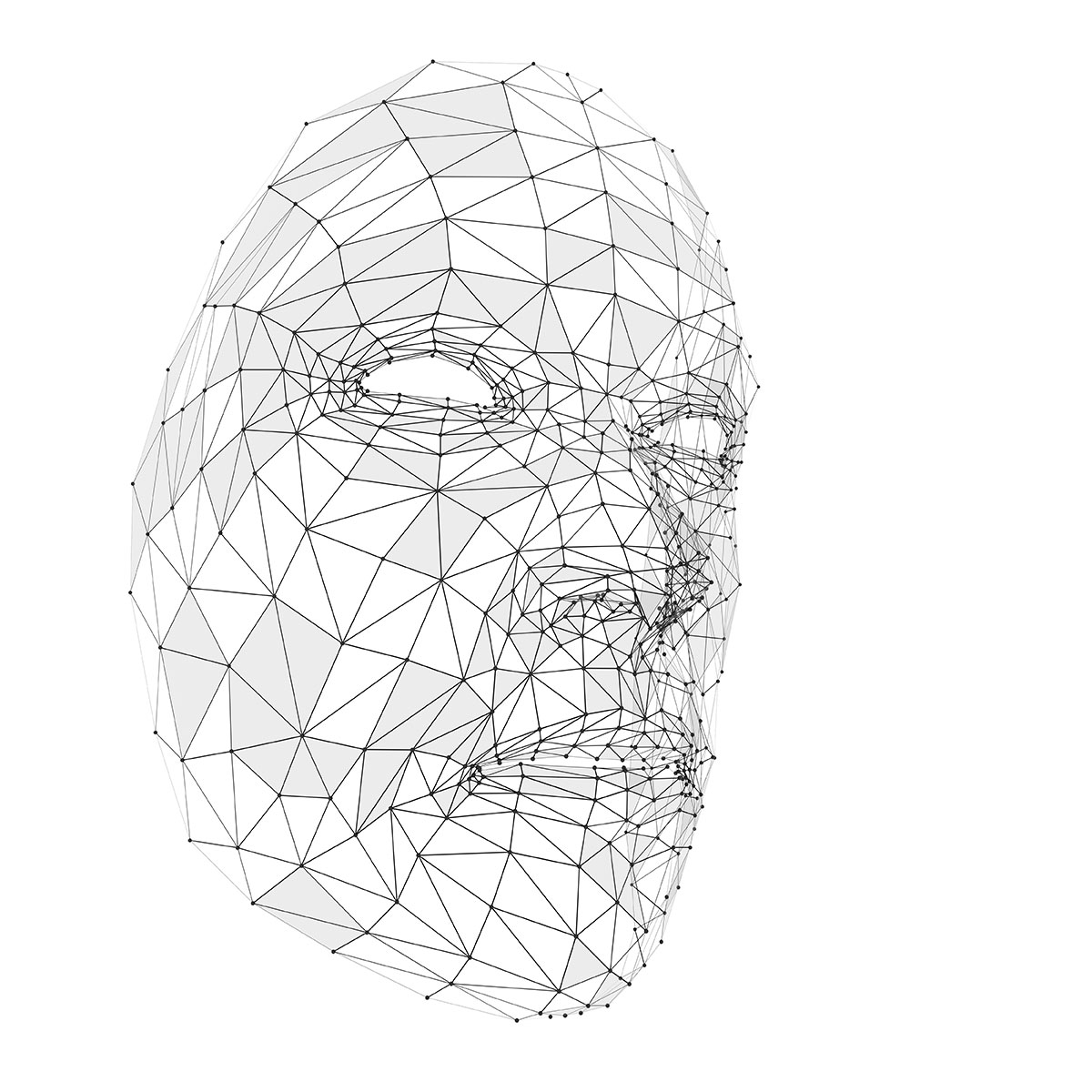
Some features of our scanners:
What we offer:
Cork is one of the wonders of nature, which is now gaining in popularity due to its unique properties. Sustainable cork harvesting has been common practice in the Mediterranean Sea region for 3000 years. The bark of a cork tree is renewed every 9 years and the tree regenerates its layer 12 or 13 times in 150 years. When the dead bark is harvested, the tree is not cut down or weakened in any way, so it is a completely natural and environmentally friendly process. The collected layers of cork oak bark are cut into strips. The thicker ones are used to produce bottle corks, the rest are granulated and pressed into blocks which are used in composite products.
The cork agglomerate distributed by TC3 is a crushed, glued and subsequently pressed outer layer of cork oak bark. This cork has excellent insulating properties even at elevated temperaturesdue to its unique cellular cork structure. In one cubic centimetre of cork there are forty million closed and air-filled cells which determine the low specific gravity. The flexible cell walls can withstand many compression cycles without losing their properties. The cell network acts as a shock absorber. It allows to reduce structure-borne noise and return to its original shape even after compression of more than 80%. Moreover, thanks to its closed cell structure, the cork is characterized by excellent tightness, resistance to acids, oils and rotting processes and excellent damping. Another amazing feature of this cork is its fire resistance. It has been used for decades in NASA space programs to protect the elements exposed to extreme temperature conditions.
The cork agglomerate easily combines with other materials during gluing. The potential of this material is already widely used in various industries, from cork through wine bottle to Siemens Inspiro underground. The cork is more and more frequently referred to as a natural alternative to synthetic materials which are very cumbersome to recycle.
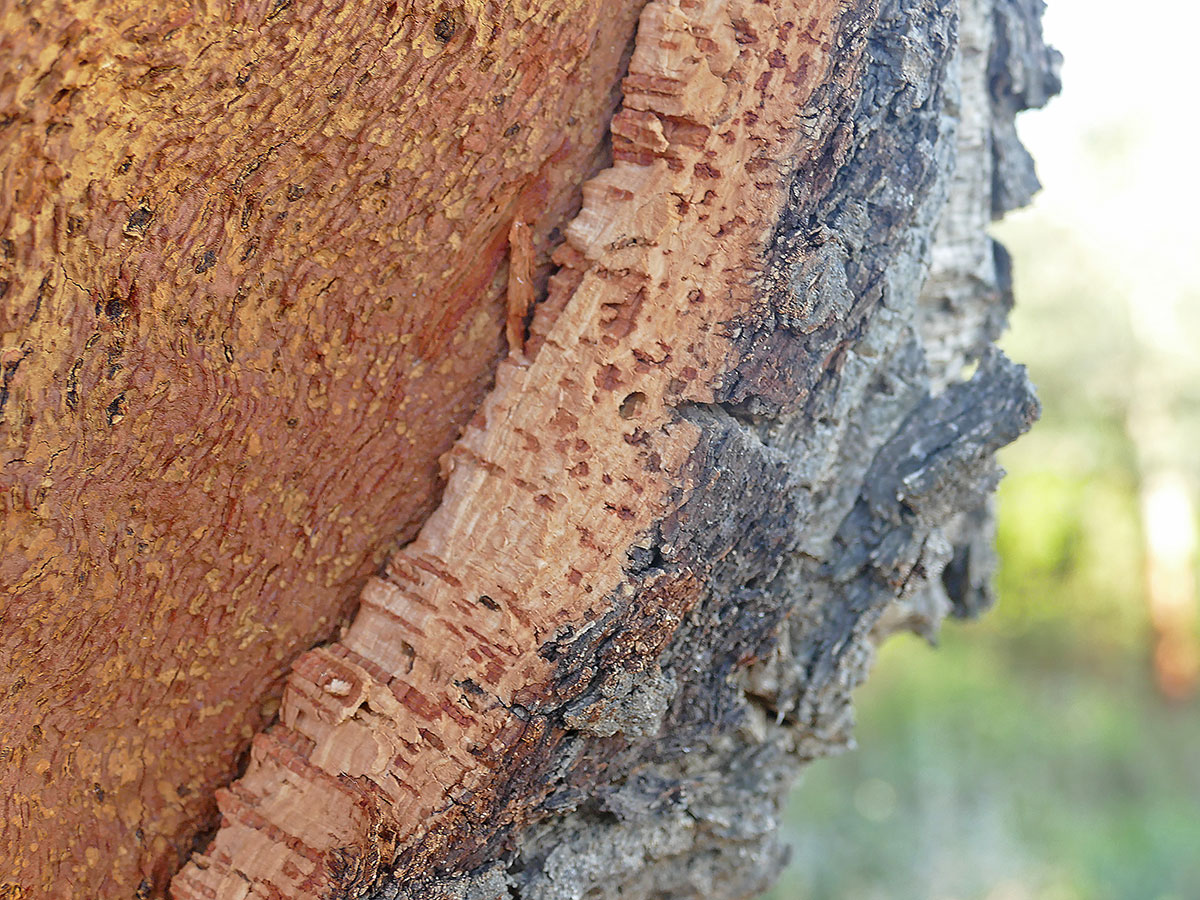
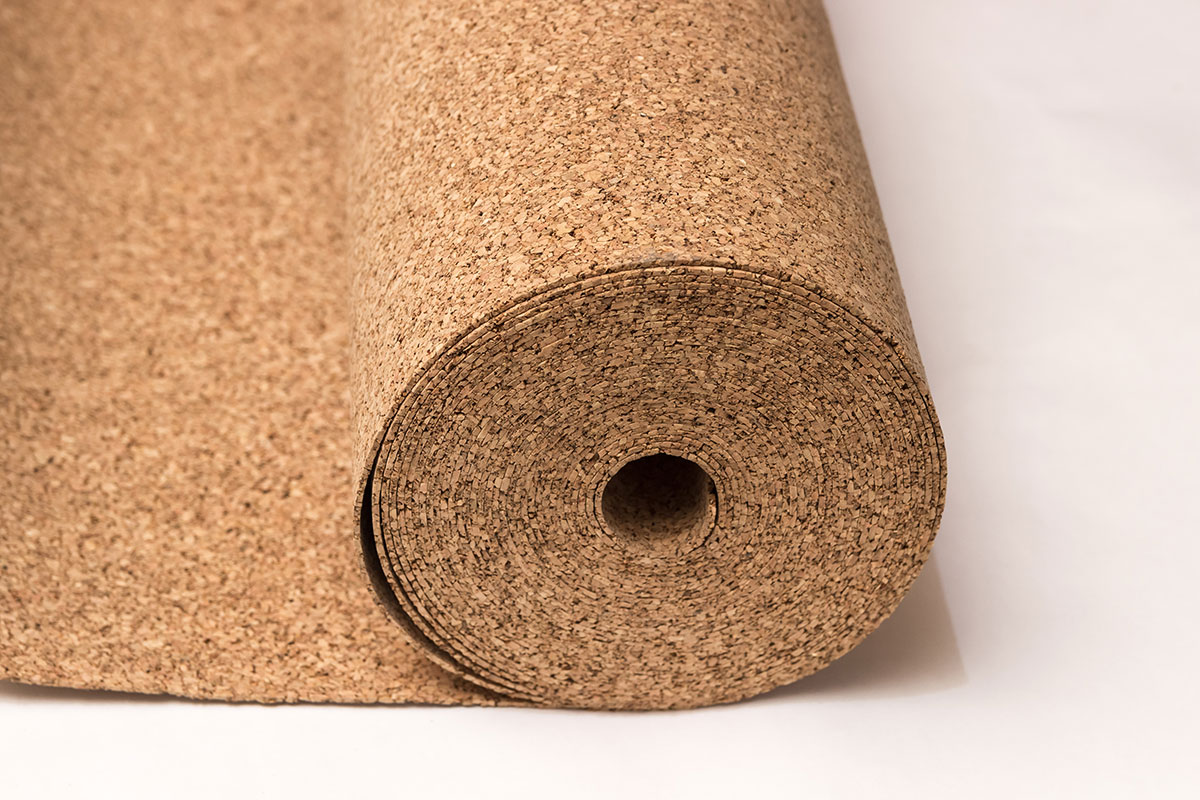
TC3 offers the newest solutions that will revolutionize the world